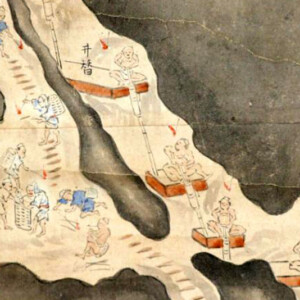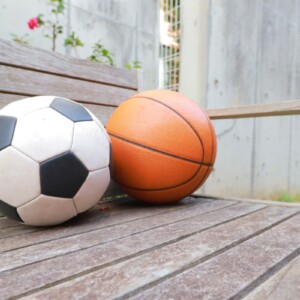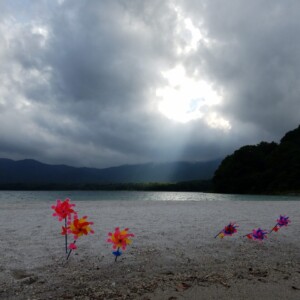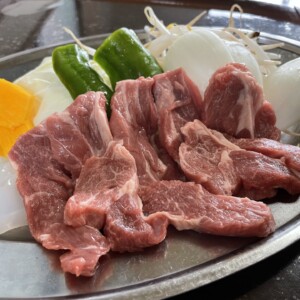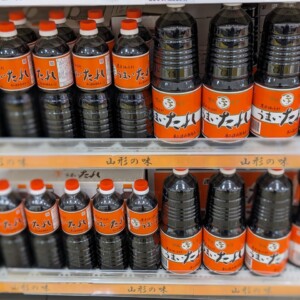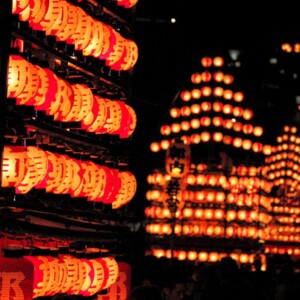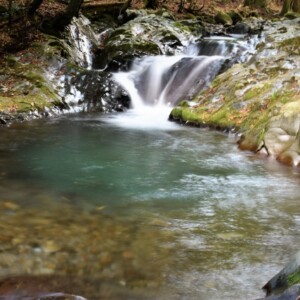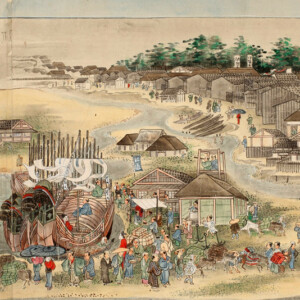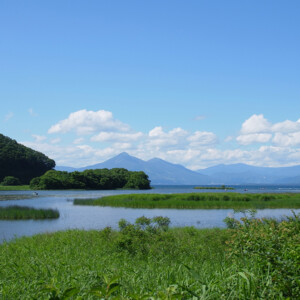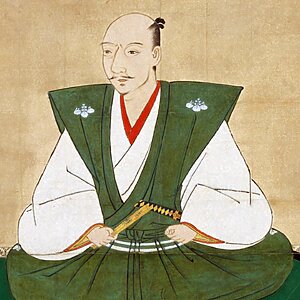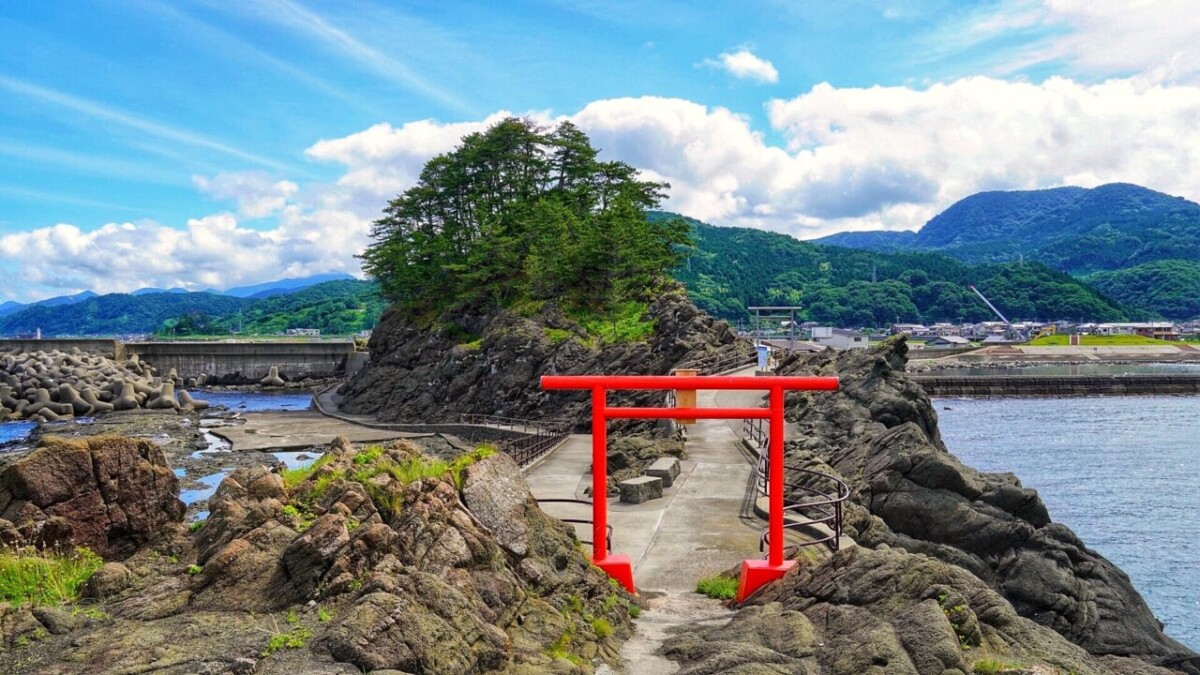
"Negaseki" is one of the three ancient Oshu sekies that surpasses Minamoto Yoshitsune and Matsuo Basho [Tsuruoka City, Yamagata Prefecture]
table of contents
- 1 The "Modern Nenju Seki Site" maintained by the Shonai feudal lord and the "Ancient Nezugaseki Site" excavated and maintained in the Showa era.
- 2 ``Nezumi no Seki'' was introduced as a song pillow during the Heian period.
- 3 The site of “Nezugaseki” on the border is still the prefectural border
- 4 Legend has it that Minamoto no Yoshitsune arrived at the Nezugaseki coast on his escape to the Tohoku region.
- 5 Bentenjima is said to be where Yoshitsune landed and is popular for its “Koisuru Lighthouse”
- 6 “Nezugaseki” surpassed even by Matsuo Basho
- 7 “Nenju no Matsu” has been maintained for generations since the Edo period.
- 8 Atsumi Onsen, a historic hot spring where Matsuo Basho stayed
Nezugaseki (Nenjugaseki/Nezugaseki) was created during the Ritsuryo political period (Asuka period to Heian period) from the Tohoku region (Ezo/Emishi), which the Yamato court had not yet been able to control, to the area it controlled (Kanto). It was a checkpoint that functioned as a fort to prevent invasions to the Hokuriku region and westward.
, ``Nakono Seki'' ( along the Pacific Ocean ``Shirakawa Seki'' in the inland area were established to strictly check the movement of people. It is believed that
Eventually, the power of the Imperial Court extended to the Tohoku region, and even after the establishment of Dewa Province (Yamagata Prefecture, Akita Prefecture) and Mutsu Province (Fukushima Prefecture, Miyagi Prefecture, Iwate Prefecture, Aomori Prefecture), checkpoints were placed there for a while. Ta.
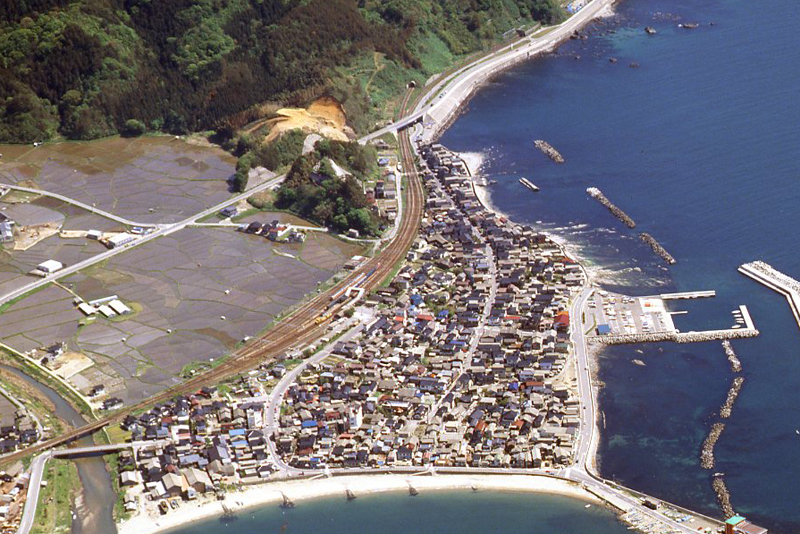
These three checkpoints, known as the ``Oshu Sankoseki'' By the Edo period, there were no traces of them in all three locations, and it was no longer known whether they actually existed.
However, because their names appear in waka poems from the Nara and Heian periods, the feudal lords who ruled the area discovered and excavated the sites of the three checkpoints, and developed them into tourist attractions. Ta.
The "Modern Nenju Seki Site" maintained by the Shonai feudal lord and the "Ancient Nezugaseki Site" excavated and maintained in the Showa era.
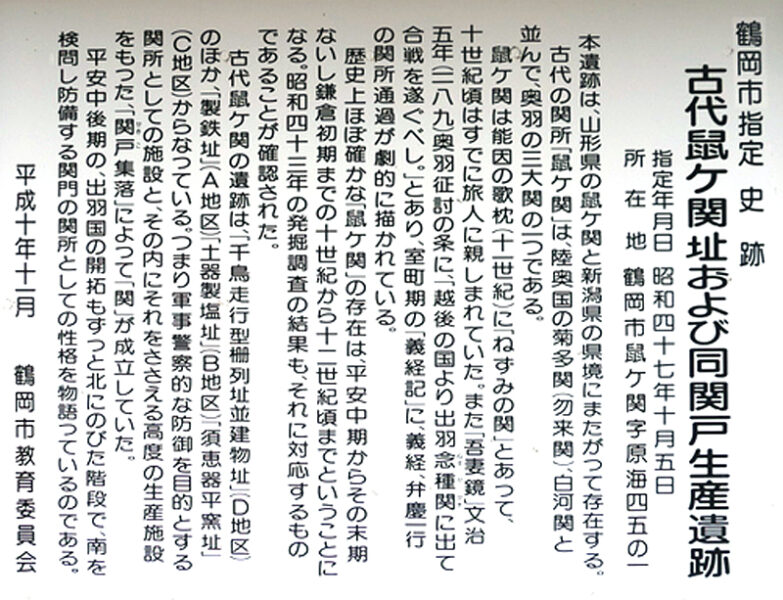
``Nezugaseki'' was located on the border between Dewa Province and Echigo Province (Niigata Prefecture), but like the others, its location could not be determined.
However, during the Edo period, the lord of the Shonai domain, which ruled this area, built the "Nenju Seki"
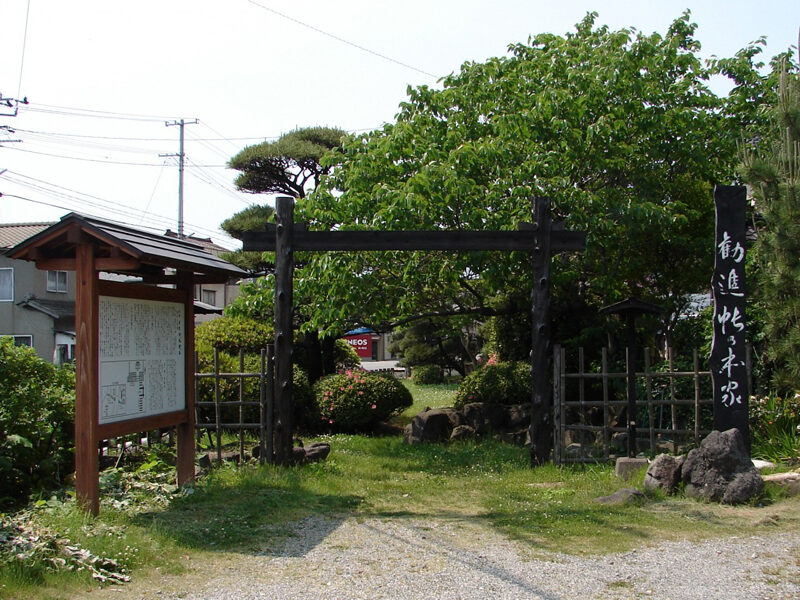
For a long time, the site maintained by the Shonai clan was thought to be the site of Nezugaseki, but during excavations conducted in 1968, the site of Nezugaseki was discovered a little closer to the prefectural border. For this reason, the newly discovered Nezugaseki ruins are now open to the public as historical sites, and the site maintained by the Shonai clan Modern Nenju Seki ruins."
At the same time as the excavation of the "Ancient Nezugaseki Ruins," the remains of buildings presumed to have been used for military purposes, as well as the remains of iron-making, salt-making, and earthenware kilns, were excavated from the village in front of the gate of the checkpoint (Sekido Juraku). (Sekido production ruins), we have obtained confirmation that this place was the site of a checkpoint.
*The "Ancient Nezugaseki Site and the Sekido Production Site" and the "Modern Nenju Site" are designated historic sites by Tsuruoka City.
Ancient Nezugaseki site, Sekido production site <Information>
- Facility name: Ancient Nezugaseki site, Sekido production site
- Address: 45-1 Nezugasekihei, Tsuruoka City, Yamagata Prefecture
- Phone number: 0235-43-3547 (Atsumi Tourism Association)
- Facility name: Early modern Nenju Seki site
- Address: 246 Nezugaseki Kou, Tsuruoka City, Yamagata Prefecture
- Phone number: 0235-43-3547 (Atsumi Tourism Association)
Google Map
``Nezumi no Seki'' was introduced as a song pillow during the Heian period.
The existence of ``Nezugaseki'' was later known to people through the poetry book ``Noin Utamakura'' left by the Heian period monk Nouin, who also appears in ``Ogura Hyakunin Isshu.' ' .
``Utamakura'' refers to famous places that appear in tanka poems, etc., and Noin has compiled famous places that are written about as utamakura from all over the country as ``Noin Utamakura''.
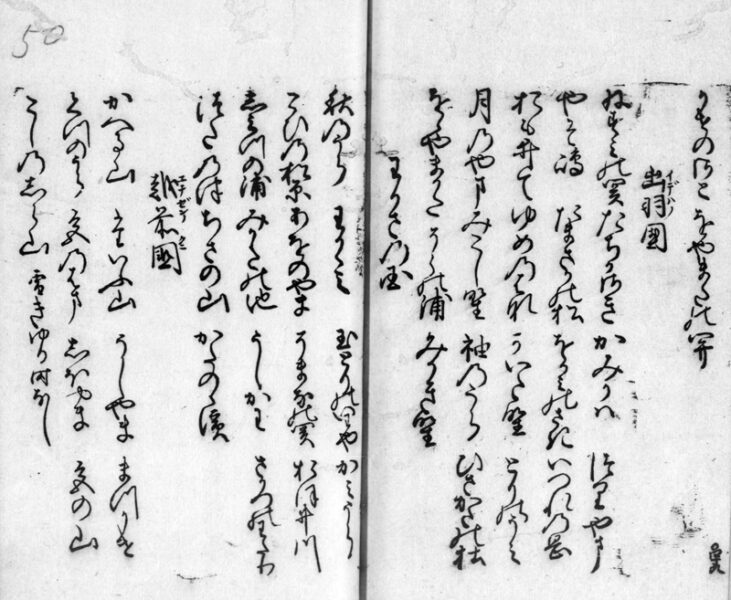
``Nezumi no Seki'' is written as ``Nezumi no Seki'' at the very beginning in the section introducing the Utamakura of Dewa Province in ``Noin Utamakura.''
This is the first appearance of ``Nezugaseki'' in history, but unfortunately no poems in which ``Nezumi no Seki'' appears have been found.
The site of “Nezugaseki” on the border is still the prefectural border

``Nezugaseki'' used to be on the border between Dewa and Echigo provinces, but it is still the prefectural border between Yamagata and Niigata prefectures, and near the ``Ancient Nezugaseki Ruins'' there is a ``Yamagata Prefecture Niigata Prefecture Border Sign'' marking the prefectural border. ” is standing.
Is this the prefectural border? It's in the middle of the town, but in the days of Nezugaseki, only one road, the Hokuriku Expressway (an ancient highway), ran through this area.
Legend has it that Minamoto no Yoshitsune arrived at the Nezugaseki coast on his escape to the Tohoku region.
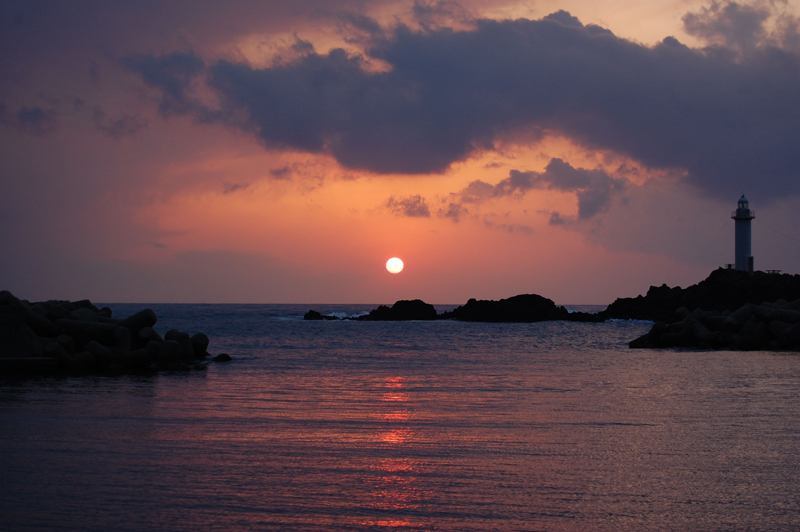
During the turbulent period from the Heian period to the Kamakura period, Minamoto no Yoshitsune, who together with Minamoto no Yoritomo was the driving force behind the destruction of the Heike clan, was driven out of the capital by his older brother Yoritomo who feared his power, and became an overwhelming force in Hiraizumi, Oshu (Iwate prefecture). Yoshitsune traveled north through the Sea of Japan relying on the Oshu Fujiwara clan, where he spent his youth.
It is said that Yoshitsune landed from the coast of Nezugaseki and headed for Hiraizumi through the Kido of Nezugaseki. This is an analogy from the military chronicle ``Gikeiki,'' written around the Muromachi period, and a ``monument to mark the place of Yoshitsune's landing'' was erected near the coast.
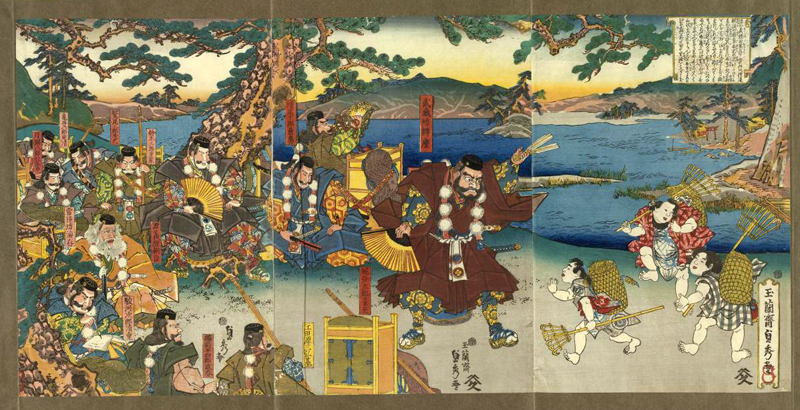
Bentenjima is said to be where Yoshitsune landed and is popular for its “Koisuru Lighthouse”
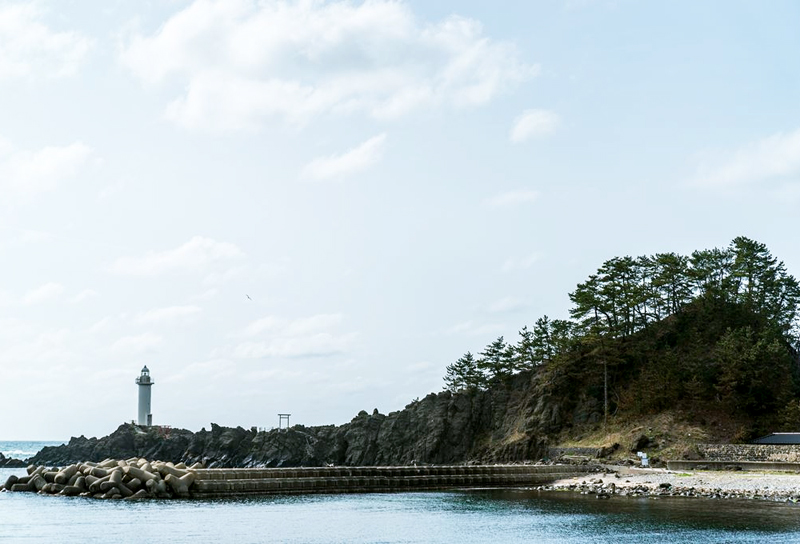
"Bentenjima" is a small island located on the Nezugaseki coast, with a circumference of 800m and a circumference of about 15 minutes.In the past, it was only possible to cross at low tide when it was connected to the land, but now a promenade bridge has been constructed so that you can go at any time. It has become.
Legend has it that Minamoto no Yoshitsune landed on this island while traveling north to seek help from the Oshu Fujiwara clan, and there is a monument at Itsukushima Shrine on the island (erected when the 1966 NHK taiga drama ``Minamoto Yoshitsune'' was aired). was built.
At the tip of the Sea of Japan side, there is the ``Nezugaseki Lighthouse'', which has been certified as a ``Lighthouse in Love'', and the sunset from the observation deck is spectacular.
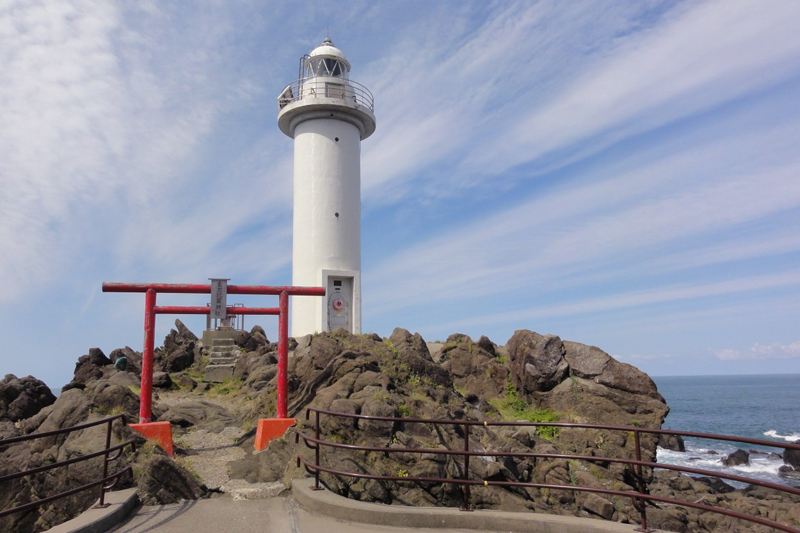
Bentenjima<Information>
- Facility name: Scenic Bentenjima
- Address: Nezugaseki Beach, Tsuruoka City, Yamagata Prefecture
- Phone number: 0235-43-3547 (Atsumi Tourism Association)
Google Map
“Nezugaseki” surpassed even by Matsuo Basho
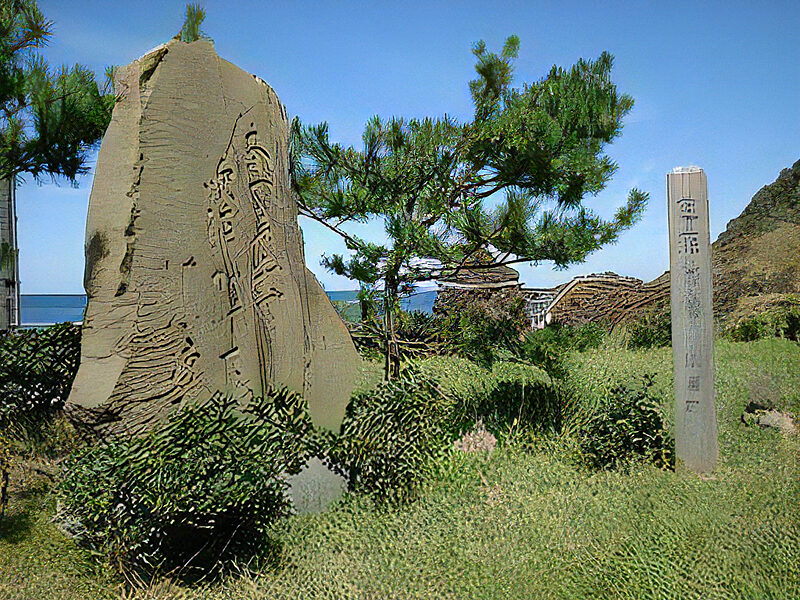
Basho Matsuo is on his way to the Oku no Hosomichi (Oku no Hosomichi) travelogue, crossing the Nezugaseki and heading towards Echigoji.
After visiting the Dewa Sanzan (Mt. Haguro, Mt. Gassan, and Mt. Yudono), we will enjoy a boat trip on the Mogami River and arrive at Sakata (Sakata City, Yamagata Prefecture), which faces the Sea of Japan, where we will stay for a few days. After that, I went a little north to Kurogata (Nikaho City, Akita Prefecture), and when I returned to Sakata,
Sunset over Mt. Atsumi and Fukiura
I am chanting. Since Basho visited Sakata during the hot summer months (June in the lunar calendar), Mt. Atsumi (Atsumi-dake, 736 m above sea level) in the distance appeared to be cooling off in the evening at Fukiura (Sakata coast). Probably.
Atsumi Onsen at the foot of Mt. Atsumi , and crossed Nezugaseki. It was June 27, 1689.
“Nenju no Matsu” has been maintained for generations since the Edo period.
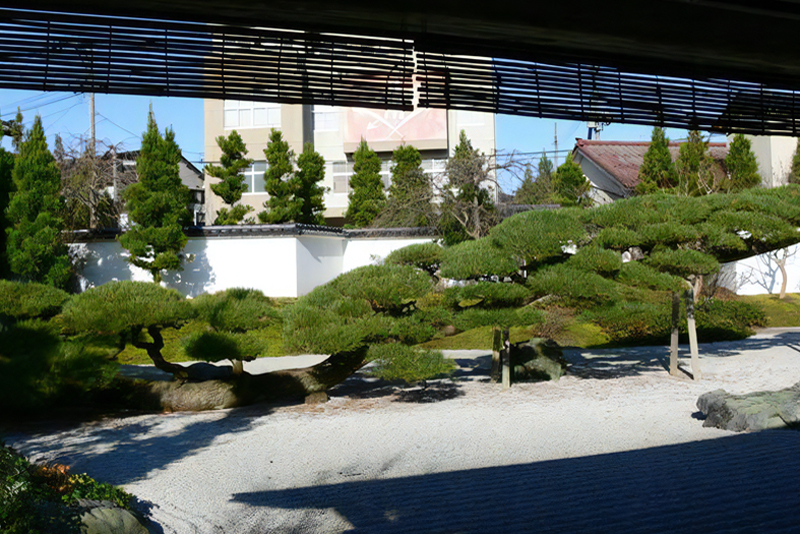
"Nenju no Matsu" is a black pine that was planted in the garden by Murakami and the head of the inn (Murakami-ya Ryokan, which closed down in 1960) about 400 years ago.It has been cared for from generation to generation and is carefully protected by the local government even after the inn closed down. is.
The main trunk is about 4m high and the trunk circumference is about 1.2m, but the branches extend about 20m along the ground in an easterly direction. Currently, the ``Nenju no Matsu Garden'' has been developed around the pine tree, and has become a place of relaxation for citizens.
*"Murakamiya Prayer Pine" is a natural monument of Yamagata Prefecture.
Prayer Pine Garden<Information>
- Facility name: Nenju no Matsu Garden
- Address: 87 Okoya, Tsuruoka City, Yamagata Prefecture, etc.
- Phone number: 0235-43-3547 (Atsumi Tourism Association)
- Opening hours:
- April-October/9:00-17:00
- November - March / 9:00 - 16:00
- Closed days: Open every day
- Admission fee: 100 yen (cooperation money)
Google Map
Atsumi Onsen, a historic hot spring where Matsuo Basho stayed
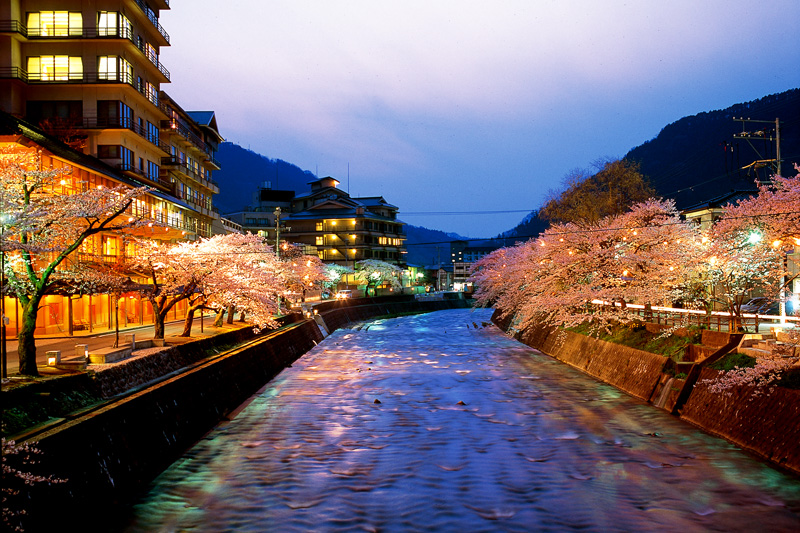
"Atsumi Onsen" is a hot spring that springs up at the foot of Mt. Atsumi and is said to have a history of over 1000 years. During the Edo period, the hot spring government office of the Shonai clan was established, and the area was popular as a hot spring resort.
The spring quality is sodium/calcium chloride/sulfate spring with a source temperature of 68℃. It is effective for cuts, burns, eczema, skin diseases, neuralgia, rheumatism, women's diseases, recovery from illness, and health promotion.
There are six hot spring facilities (members of the Atsumi Onsen Ryokan Cooperative Association) and one day-trip bathing facility that is open to tourists. Atsumi Onsen boasts a wealth of hot springs that are rich in efficacy, as well as the best hospitality with delicacies from the Sea of Japan and the Shonai Plain. When visiting Nezugaseki, we recommend adding Atsumi Onsen to your itinerary.
Atsumi Onsen<Information>
- Facility name: Atsumi Onsen
- Address: Yuonumi, Tsuruoka City, Yamagata Prefecture
- Phone number: 0235-43-3547 (Atsumi Tourism Association)
- URL:: Atsumi Onsen



![[Tsuruoka City, Yamagata Prefecture] Tsuruoka City, home to four national hot spring resorts 26661228 m](https://jp.neft.asia/wp-content/uploads/2023/03/26661228_m-150x150.jpg)
![The place you should not come and the phantom checkpoint "Nakura no Seki" written in waka poetry [Fukushima Prefecture] 0438-016](https://jp.neft.asia/wp-content/uploads/2022/11/0438-016-150x150.jpg)
![[Tsuruoka City, Yamagata Prefecture] Camping and overnight drying squid making experience! What kind of place is the popular Nezugaseki? Nezugaseki](https://jp.neft.asia/wp-content/uploads/2023/08/22221142_m-150x150.jpg)
![[Tsuruoka City, Yamagata Prefecture] Yutagawa Onsen has been designated as a national recreational hot spring area! Come visit us to relieve your daily fatigue 190_Yudagawa Onsen (front bath)](https://jp.neft.asia/wp-content/uploads/2023/03/daf5d84ea9950864cf549ab6c8ac0e8d-150x150.jpg)
![The development of Akita city began in Tsuchizaki - Tsuchizaki Minato at the mouth of the Omono River, which developed as a center of distribution [Akita Prefecture] 33192efe1595a3309d4e9325ae7a5621](https://jp.neft.asia/wp-content/uploads/2023/12/33192efe1595a3309d4e9325ae7a5621-150x150.jpg)
![[Part 2] Who is the Oshu "Maikusa Blacksmith"? Explaining the influence they had on the development of Japanese swords! Maikusa blacksmiths traveling to various places (image)](https://jp.neft.asia/wp-content/uploads/2025/09/881c8fae8d0bc6cdbd3812adefe94a14-150x150.jpg)
![Yasukutsu Hachiman Shrine, which has a unique three-story pagoda in the Okitama region, is home to many mysteries in history [Yamagata Prefecture] Three-storied pagoda of Akutsu Hachiman Shrine](https://jp.neft.asia/wp-content/uploads/2024/07/PXL_20240417_040120703-150x150.jpg)
![[Aizuwakamatsu City, Fukushima Prefecture] “Aizu Thirty-Three Kannon” tours around the Kitaaizu area, centering on Aizuwakamatsu 25949683_m](https://jp.neft.asia/wp-content/uploads/2023/02/25949683_m-150x150.jpg)
